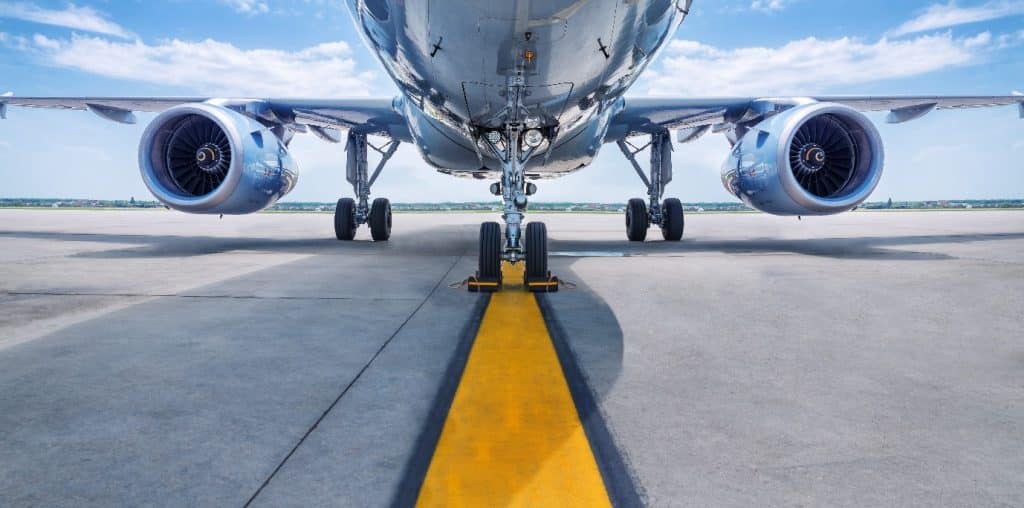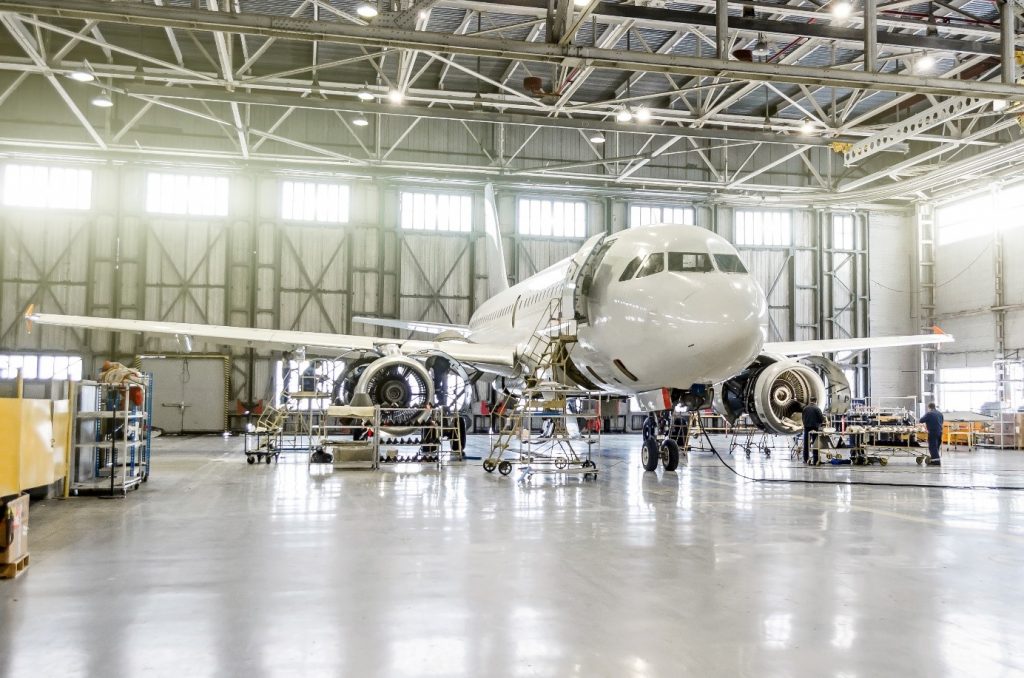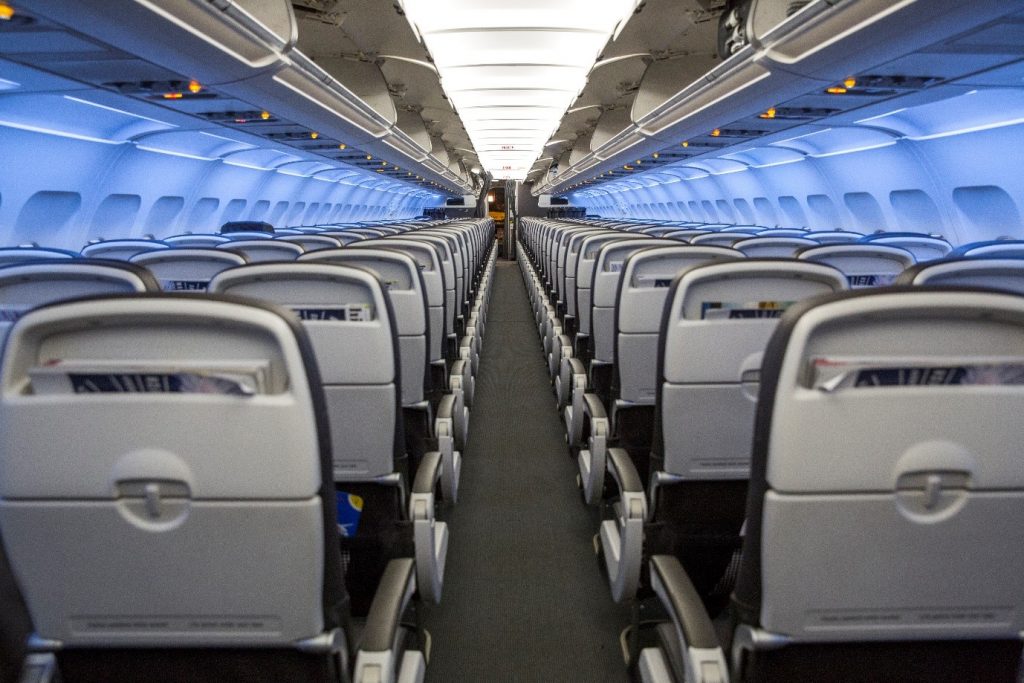Springs in Aircrafts
When you see the huge exterior of an aircraft, it’s easy to overlook the fact that hundreds of thousands of tiny parts make up this incredible feat of engineering. One key component you will probably not even consider whilst cruising at 38,000 feet is a mechanism that aircraft simply couldn’t operate without: the humble spring.
In this article, we will take a look at how springs are used in aircraft around the world and discuss some of the reasons why springs are the perfect component in the aerospace industry.
Why Are Springs Perfect for Aircrafts?
One of the main reasons that springs are a perfect fit for aircraft is their ability to withstand a huge amount of pressure. Resisting pressure is a key attribute of the vast majority of springs, and thanks to their durable nature, they are an ideal component to be included in any aircraft. Planes require extremely durable, and reliable parts which require very little maintenance or intervention; springs are the perfect answer to all of these requirements.
Of course, it’s absolutely vital that all parts are provided by a reliable and high-quality spring manufacturer, as this will help to ensure the longevity of any spring or wire form that is created for the aerospace industry. Any spring or wire form component which is used in an aircraft must be manufactured with extreme care and precision to ensure that the part is able to work in tandem with other components.
It’s also worth noting that, because there is plenty of scope to manufacture a spring to pretty much any requirement, this makes them an attractive component when putting together any new, innovative design ideas. A huge variety of springs such as torsion springs, tension springs and die springs are manufactured for a whole host of industries, meaning that manufacturers are able to cater to requests for minute springs, right through to long wire forms.
Complying with extremely specific industry standards is of paramount importance, as one slight mistake can result in a catastrophic accident. The springs’ ability to operate at a normal capacity, whilst withstanding the harsh conditions they will be subjected to on a daily basis must be guaranteed before installation. All components that are due to be used in aeronautics undergo rigorous testing before being fully installed into an aircraft that will carry passengers.
Where Are Springs Used in Aircrafts?
To save you from scouring the aircraft in search of springs the next time you are flying, here’s a list of some of the most common places you’ll find springs on a plane:
- Seat Backs – The most commonly used spring in seatbacks on commercial airliners is the literature spring.
- Overhead Lockers – Without springs, overhead lockers would be quite dangerous. When you release the hook to open the locker, you’ll notice that the locker door releases at a slow speed; this is due to the clips and springs manufactured by companies like European Springs Ireland.
- Onboard Ovens – To withstand the extreme pressure of being 38,000 feet in the air, and being subject to high temperatures, spring brackets and spring clips used in aircraft ovens are made from high spec materials such as 17/7PH stainless steel and 316S42.
- Aircraft Doors – As one of the most important safety features on board any commercial airline, any materials which are included in this particular part of the aircraft need to be manufactured to the very highest quality possible.
With the commercial airline industry constantly striving to ensure their service is meeting customer demand, we can expect to see huge changes to the way in which we travel in the coming years. It will be interesting to see how springs play a role in the development of the aerospace industry, and the team here at European Springs Ireland will be sure to keep up-to-date with any developments within the industry.


